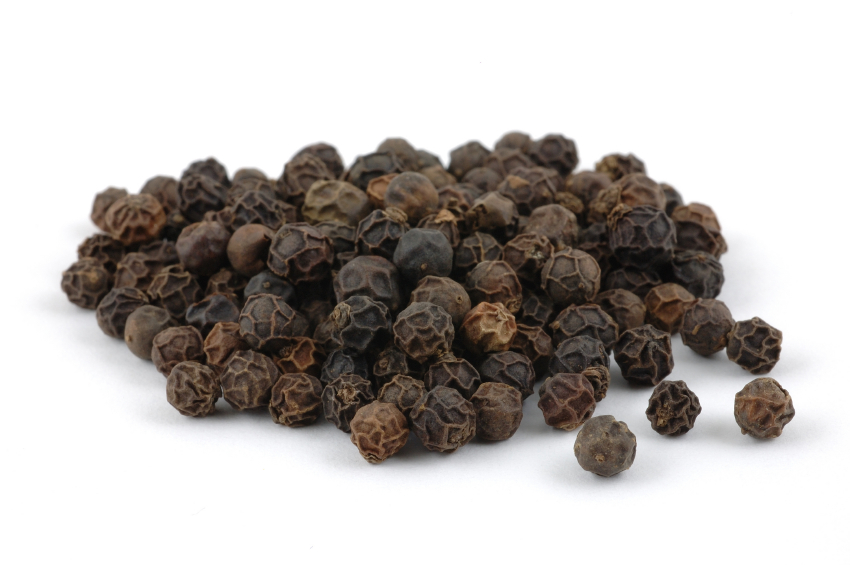Dr. Weeks’ Comment: Cultivate a taste for black pepper and burn the fat!
“…piperine interferes with the activity of genes that control the formation of new fat cells…”
Unmasking Black Pepper’s Secrets as a Fat Fighter
ScienceDaily (May 2, 2012) ”” A new study provides a long-sought explanation for the beneficial fat-fighting effects of black pepper. The research, published in ACS’ Journal of Agricultural and Food Chemistry, pinpoints piperine — the pungent-tasting substance that gives black pepper its characteristic taste, concluding that piperine also can block the formation of new fat cells.
Soo-Jong Um, Ji-Cheon Jeong and colleagues describe previous studies indicating that piperine reduces fat levels in the bloodstream and has other beneficial health effects. Black pepper and the black pepper plant, they note, have been used for centuries in traditional Eastern medicine to treat gastrointestinal distress, pain, inflammation and other disorders. Despite that long medicinal history, scientists know little about how piperine works on the innermost molecular level. The scientists set out to get that information about piperine’s anti-fat effects.
Their laboratory studies and computer models found that piperine interferes with the activity of genes that control the formation of new fat cells. In doing so, piperine may also set off a metabolic chain reaction that helps keep fat in check in other ways. The group suggests that the finding may lead to wider use of piperine or black-pepper extracts in fighting obesity and related diseases.
The authors acknowledge funding from the National Research Foundation of Korea and the Ministry of Health, Welfare and Family Affairs.
Journal Reference:
- Ui-Hyun Park, Hong-Suk Jeong, Eun-Young Jo, Taesun Park, Seung Kew Yoon, Eun-Joo Kim, Ji-Cheon Jeong, Soo-Jong Um. Piperine, a Component of Black Pepper, Inhibits Adipogenesis by Antagonizing PPARγ Activity in 3T3-L1 Cells. Journal of Agricultural and Food Chemistry, 2012; 60 (15): 3853 DOI: 10.1021/jf204514a

